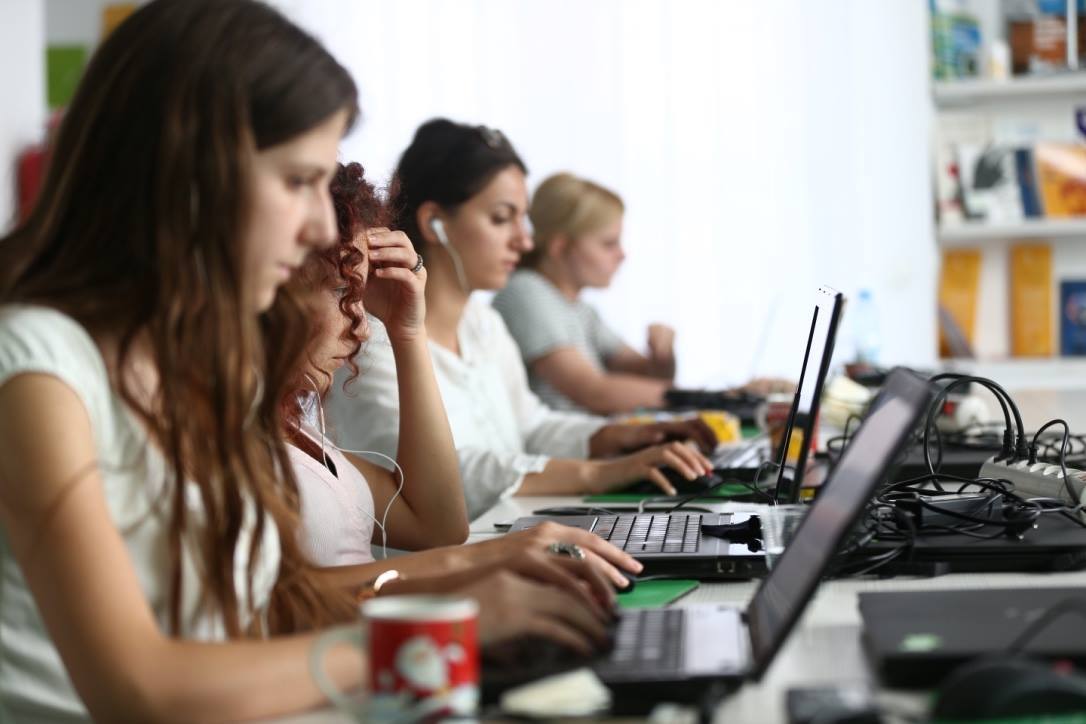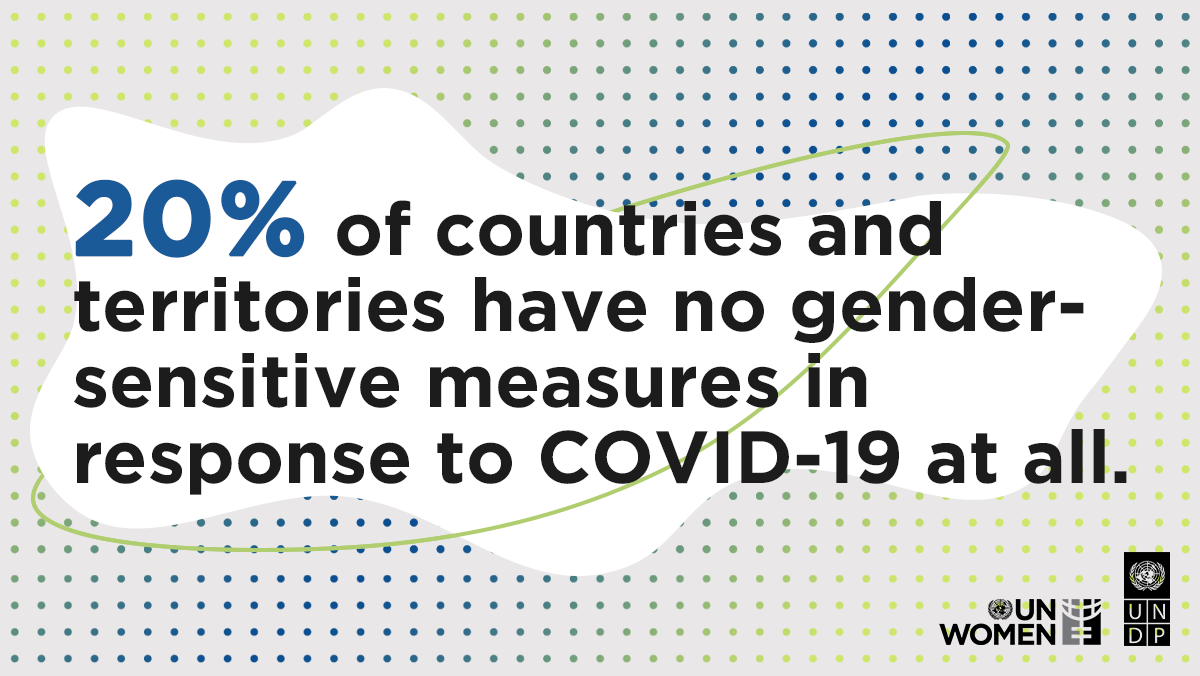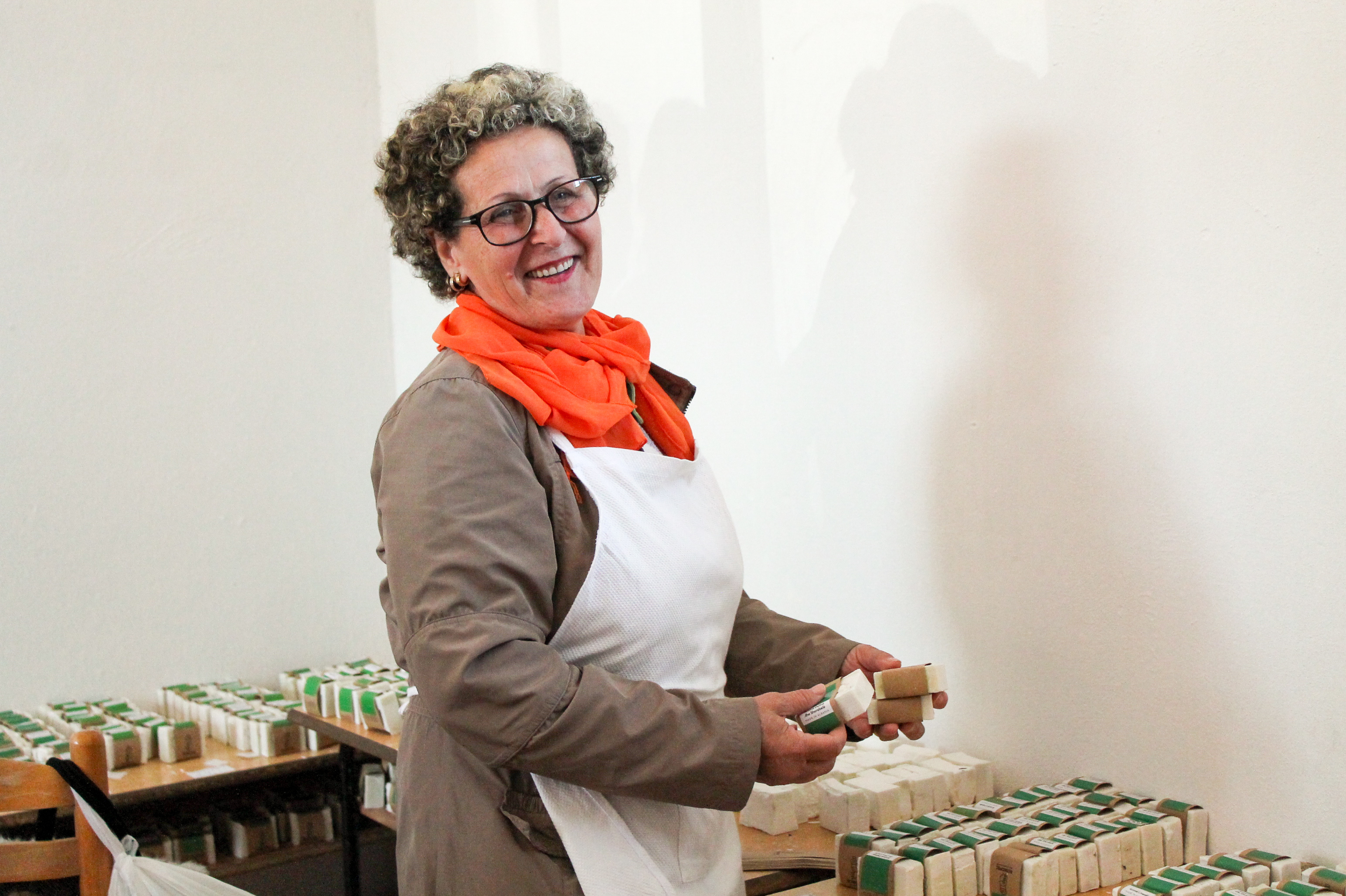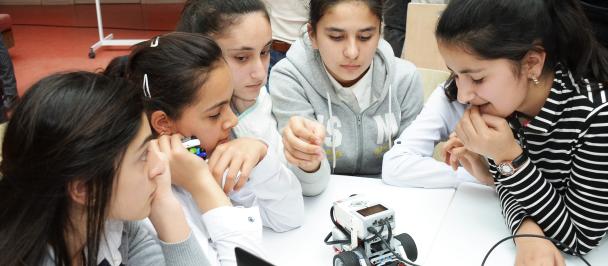Source: Girls Coding Kosova Facebook Page
Tourism was booming in the Western Balkans before the global pandemic hit. More than 12 million people visited the region in 2019, with tourism accounting for more than 10% of the region’s GDP and 25 percent of its exports. The sector employs 11.4 percent of the region’s workforce, 55 percent of whom are women. Local communities and international financial institutions alike saw it as a fast-lane ticket to pull up the region towards better living standards.
The dynamic industry ground to a halt last year in the face of lockdowns and cancelled trips from abroad. One of the many casualties was an agro-tourism business started by two women entrepreneurs from Montenegro, Gordana Dulovic and Ermina Redzematovic.
After careful planning, they invested their savings and all their energy into a new business in early 2020, with a grant from the EU-funded Regional Cooperation Council’s (RCC) Tourism Development Project. Despite all their enthusiasm and hard work, 2020 brought unemployment instead of revenue.
Women like Gordana and Ermina were affected disproportionately across the region because of the pandemic. COVID-19 did not create gender inequality but reinforced it. Women lost their business and jobs or working hours just as men did, but they continued to take on most of the care of children and the elderly without pay. Those who remained home also bore the brunt of the sharp increase in domestic violence, an all-too-common life story of Balkans’ women. And, as shown by the UNDP and UN Women COVID-19 Gender Response Tracker in the Western Balkans and Turkey, only 18 percent of labor market and 21 percent of social protection measures adopted in response to the pandemic target the needs of the majority of women employed in the informal sector or in high risk businesses. Simply by virtue of their gender, women and girls have been impacted more severely by the pandemic.
The UNDP and UN Women COVID-19 Gender Response Tracker in the Western Balkans and Turkey shows that only 21% of social protection measures adopted in response to the pandemic target the needs of the majority of women employed in the informal sector or in high risk businesses.
An initiative to build back better
It is uncertain when the Western Balkans will reach adequate coverage of COVID-19 vaccinations for a population of 18 million people. One certainty remains, however. Even when a sizable number of women return to employment lost in the pandemic, the gender inequality robbing women of opportunities will not disappear – holding the region back from reaching its potential and building resilience to future shocks.
Governments and citizens alike must be vigilant in the fight against COVID-19. These times call on each of us, individuals, organizations, institutions, leaders, to be resilient. However this is easier said than done. We might be shocked and battered, we are aware recovery will not be as fast as the pandemic, but getting women back to work is more than ever an imperative.
To support this, UNDP and the RCC launched the Women’s Economic Empowerment initiative for the Western Balkans in December 2020.
This new initiative is rooted in strengthening networks and collaboration on a wide array of gender-related issues. It provides the strategic framework needed at this critical juncture to identify and implement the actions and policy reforms to empower women and close the gender leadership gap.
These goals aim to achieve far more than the moral imperative to be fair to half the region’s population. Women’s economic empowerment and ability to thrive in safe and productive environments, at work and home, are necessary conditions for the Western Balkans to achieve sustainable growth and development.
A participant in a soap-making programme in Albania showcases her products. Photo: UNDP Albania
Women as entrepreneurs and leaders
An increase in women’s entrepreneurship and participation in the labor force would bring GDP in the Western Balkans region up by up to 20 percent. Women’s leadership in politics and the economy is also a smart investment. Empirical evidence shows that higher women’s representation increases the quality of governance. In contrast, companies with higher shares of women in top management positions are more likely to have sustained profitable growth.
The 2019 OECD SME Policy Index points out to the low representation of women in leadership positions in private companies or public companies’ boards, revealing an evident glass ceiling for women in leadership positions in general. As for managerial positions in higher education institutions, the numbers go as high as 90.9 percent of shares for men.
Boosting the participation of women in the economy boosts growth potential. In the EU, improving gender equality would increase EU GDP per capita of up to 9.6 percent over the next 30 years, which amounts to €3 trillion euros.
Gender equality is also an important part of the EU strategic engagement within the framework of enlargement negotiations. Closing gender gaps in the labour market and achieving equal participation across different sectors of the economy are key objectives of the European Commission’s Gender Equality Strategy. The Strategy pursues a dual approach of gender mainstreaming combined with targeted actions, and intersectionality is a horizontal principle for its implementation.
Photo: UNDP Albania
Women as engineers of change
One of the initiative’s early priorities is to increase women’s participation in science, technology, engineering and mathematics (STEM) education and careers. The number of Western Balkans women dropping out of their studies, or of their careers in STEM, is worrisome, as it reaches 70 percent. Evident gender segregation can be observed in Research and Development, with twice as much male researchers in engineering and technology. Gender segregation in STEM education and career fields represents a global problem, adding to the necessity of addressing pertinent gender-related policy areas and bringing these complexities to policymakers’ attention in the region.
While female enrolment in STEM education continues to lag because of gender stereotypes and discrimination, there are bright spots to build on. Participation of female researchers, for instance, is holding steady or increasing in the region. In most economies, women tend to be on par with men among tertiary graduates in science. Between 70-85 percent of graduates in health fields are women. However, the number drops to 40 percent in agriculture and as low as 20 percent in engineering.
A path to sustainability
The main challenges to gender inequality in the region persist: higher rates of poverty and job insecurity for women; a disproportionate (and growing) share of unpaid care work; wide gender pay and pension gaps; lower access to healthcare; and women still locked out of many leadership positions.
But harnessing women’s potential and capabilities is an essential rudder to steer the region closer towards sustainable development targets and promote regional economic stability. Recognizing that individual attempts to change this climate are doomed to fail, the initiative opts for more multilateral attempts to change things, testing ideas in collaboration and bringing them to life in reality.
A return to the pre-pandemic status quo will leave the Western Balkans lagging. If we fail to adopt a gender perspective in our responses to the pandemic, we fail to build resilient societies and reinforce growing inequalities.

 Locations
Locations





